Suppose I have a carrier signal with low-ish RF frequency (a few MHz) that I can reasonably amplify with an op-amp. How can I estimate the added phase noise due to the amplifier?
For microwave frequencies, gain blocks often have specifications of their phase noise (examples on p. 75). Op-amps do not, presumably because phase noise rarely is a concern. Can I derive the phase noise from the opamp's parameters that are specified?
For the wideband (white) noise, I think I know how I might proceed. The amplifier's noise (op-amp + feedback network) is equally distributed across both of the carrier's quadratures (corresponding to amplitude and phase). Given the carrier's input amplitude I can compute the phase noise density.
I am, however, unsure how I might estimate the close-in phase noise. By my understanding, the 1/f phase noise that an amplifier contributes is effectively its own 1/f noise, upconverted to the carrier frequency. I read that some ways by which this upconversion can happen are:
- non-linear gain of the amplifier;
- modulation of the gain with temperature, supply voltage or other fluctuations (AM -> PM);
- modulation of the delay (phase) of the amplifier.
In essence, all are due to a closed-loop gain that fluctuates. By design, an amplifier constructed around an op-amp is incredibly linear. With enough loop gain, the closed-loop gain only depends on the feedback network. Resistors are really quite linear (~ ppm?).
Is a feedback amplifier at these frequencies essentially that good in terms of phase noise that no one bothers?
My question is for educational purposes, I am not facing an immediate design challenge.




